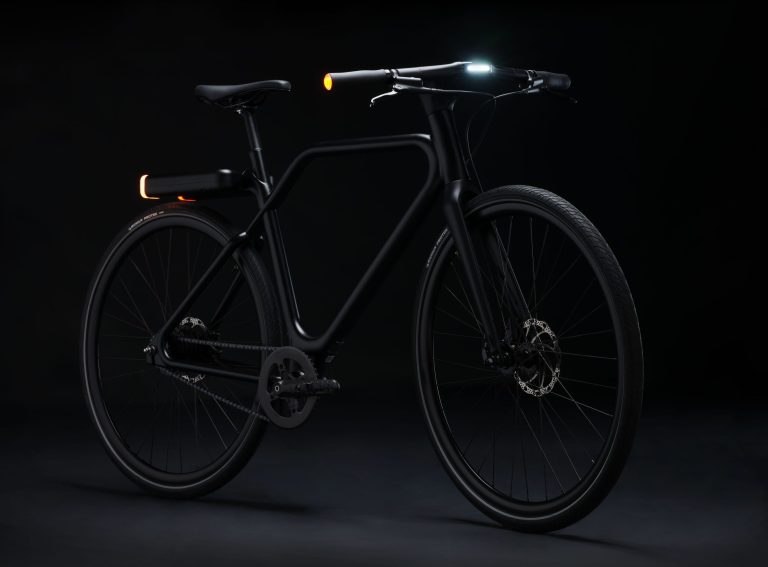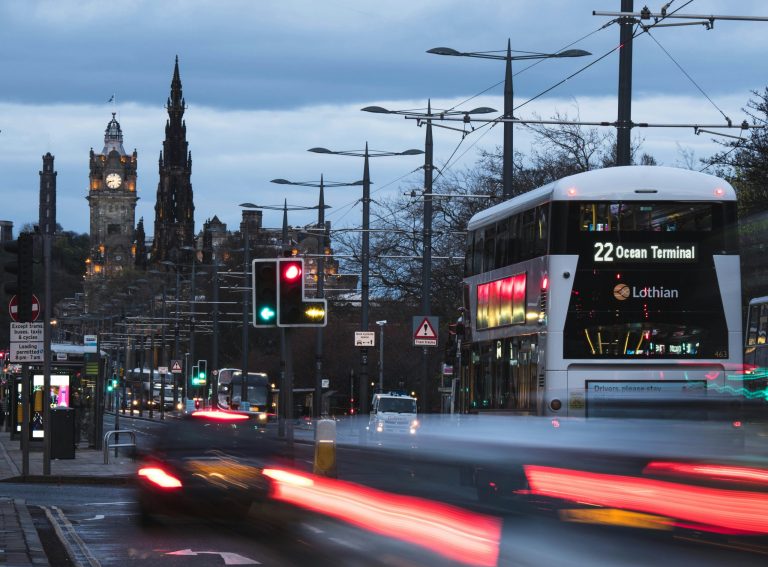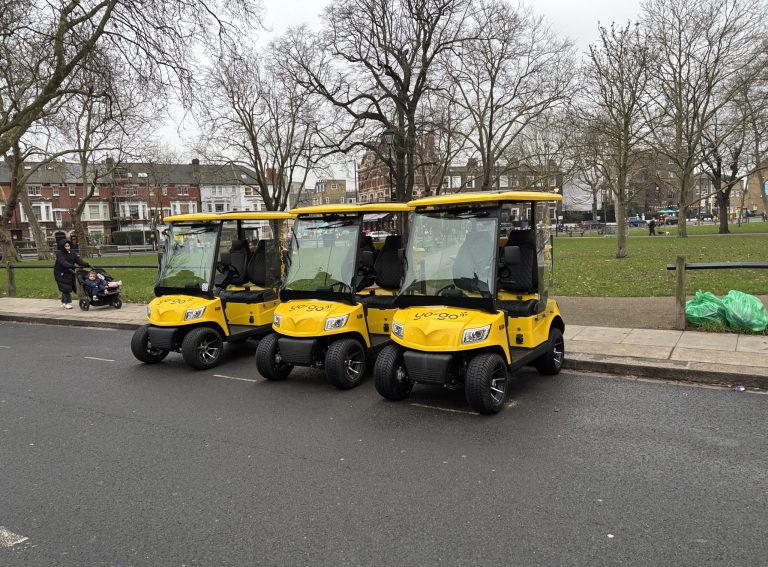The global shared micromobility market is expected to generate up to $90 billion in 2030, according to a new study by global consulting firm McKinsey & Company.
This accelerated scenario would be roughly a 40% increase each year between 2019 and 2030.
“The market opportunity within micromobility is tremendous,” Dr. Benedikt Kloss, Associate Partner and member of the McKinsey Center for Future Mobility (MCFM) at McKinsey & Company, told Zag Daily.
“The evolution from a market generating around $1 billion in 2019 up to a projected $90 billion in 2030 globally makes it a very interesting space for both new players to enter and existing players to pursue and foster.”
MCFM has developed a market model that tracks the growth in four pillars of shared mobility – hailed mobility, shared micromobility, car sharing and urban aerial mobility.
The company said that consumer interest in micromobility has flourished during the global COVID-19 pandemic, with many riders valuing hygienic, sustainable and flexible travel.
By 2030, the shared micromobility segment could account for around 10% of the total shared mobility market.
“We believe the global shared mobility market could reach $1 trillion in 2030 and micromobility will play an important role in this,” said Kloss.
Cities, officials and mobility players will all have to prepare for the mobility transitions that lie ahead.
“Cities need to accommodate all shared mobility offerings that are integrated so citizens can use the shared mobility solution that suits their needs,” said Kloss. “This will involve creating new mobility hubs, and journeys also need to be integrated so people can connect several modes of transport.”
McKinsey’s market model is built using official public data, expert interviews with, for example mobility service providers, and consumer surveys.




